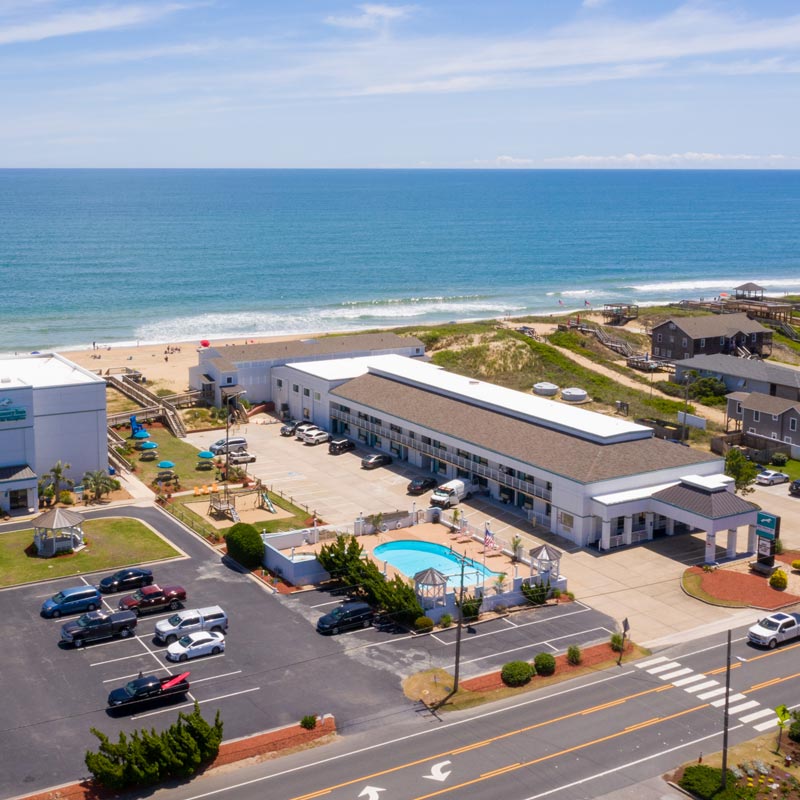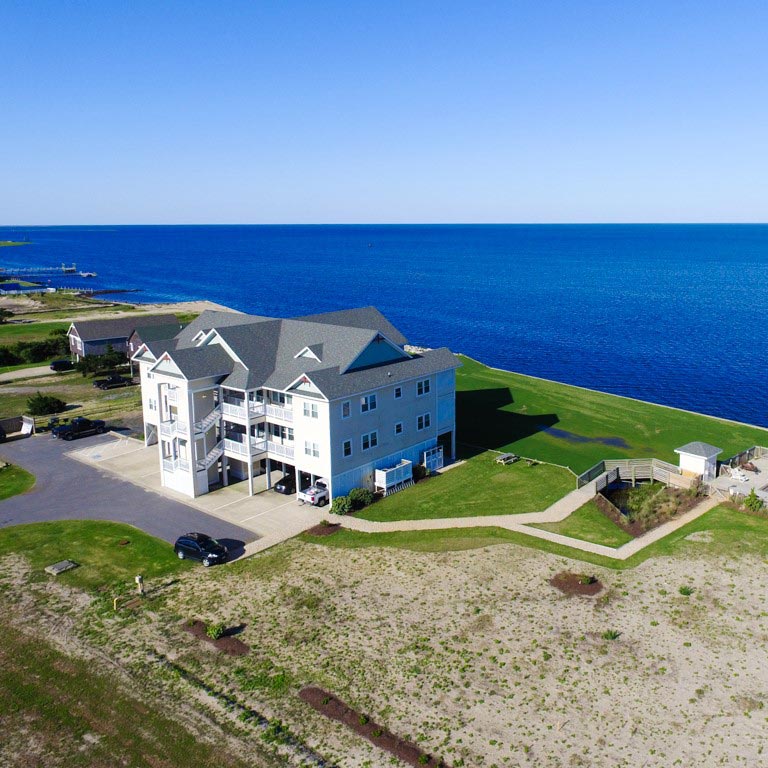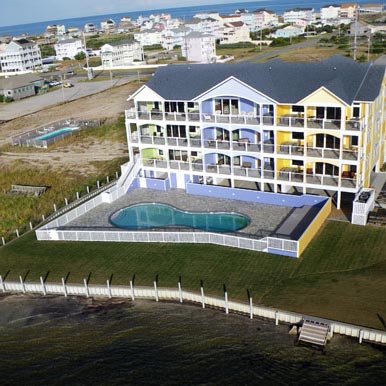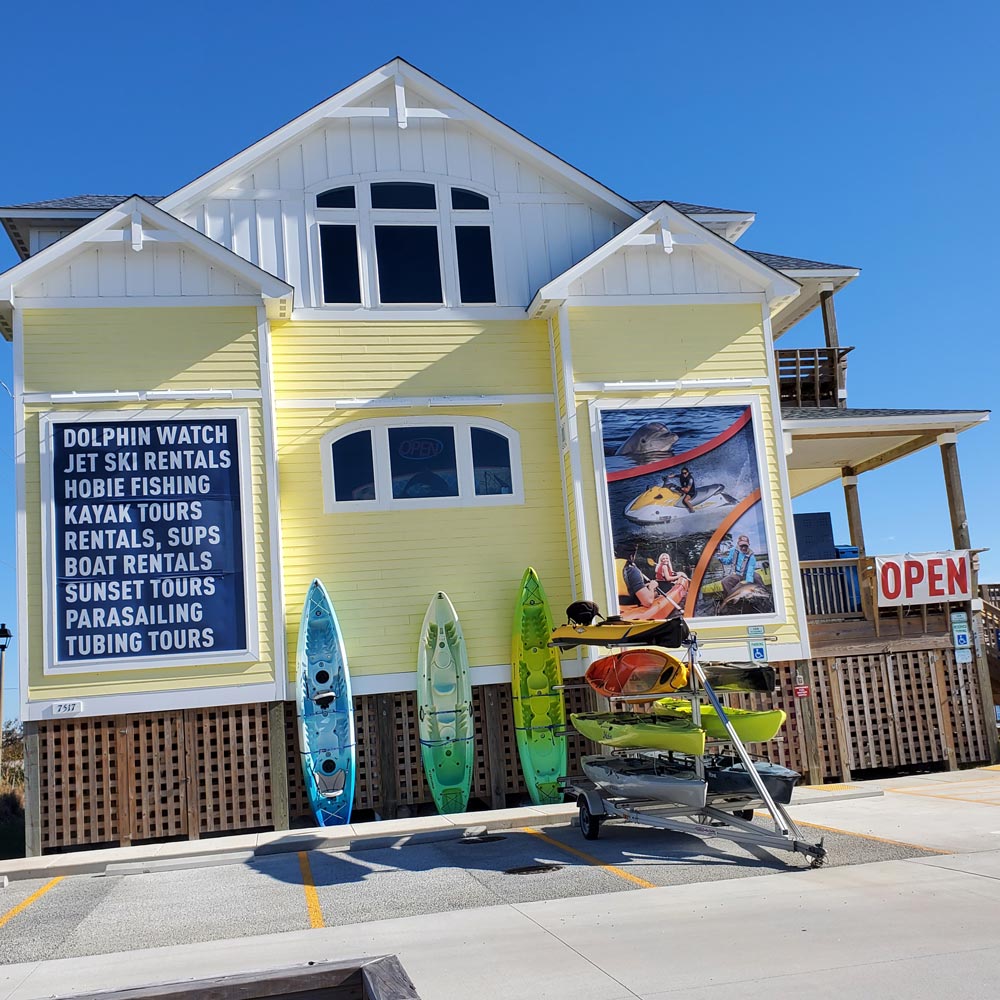Nags Head Ecological Preserve Visitor's Information
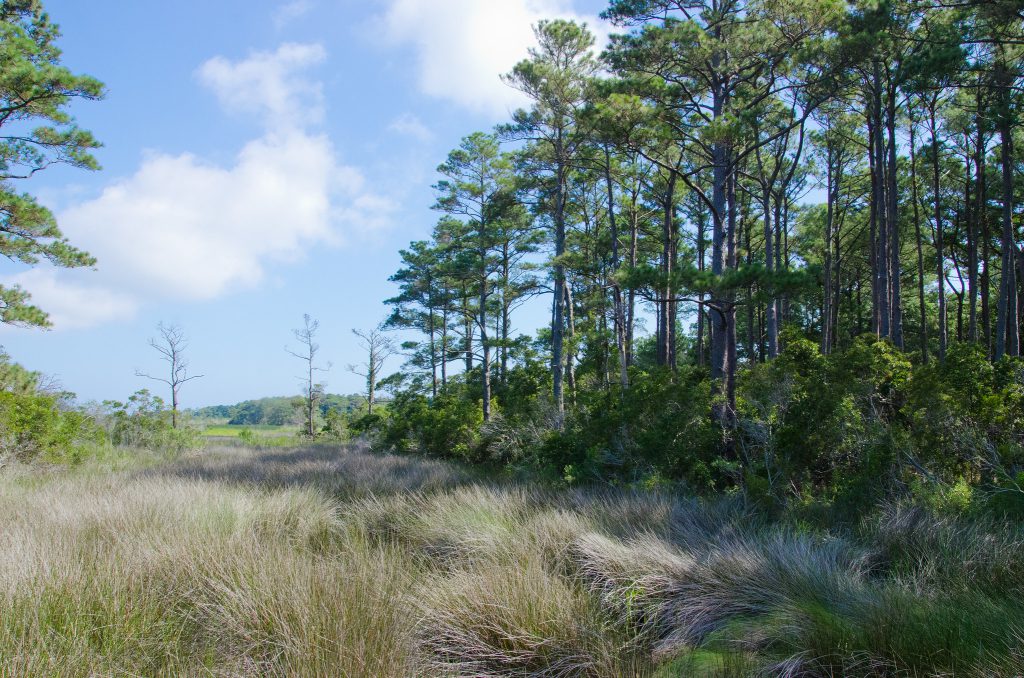
The Outer Banks is a veritable playground for outdoor enthusiasts. Surrounded by the Atlantic Ocean on the east and the Carolina ‘sound’ on the west, there’s no shortage of picturesque scenery and abundant wildlife.
While the area is well known for world-class beaches and public parks like Jockey’s Ridge State Park and Cape Hatteras National Seashore, some of the area’s most precious natural attractions slide under the radar for most visitors. The Nags Head Ecological Preserve is one such hidden treasure.
If you’re curious about this beautiful sanctuary, you’ve come to the right place. Learn more about the preserve below, and add this hidden gem to your OBX bucket list.
About the Nags Head Ecological Preserve
First things first, let’s cover the basics—where is the ecological preserve located?
The official address is 701 West Ocean Acres Drive, Kill Devil Hills, NC 27948.
The preserve sits mid-way down the OBX strip between the Kitty Hawk / Kill Devil Hills and Roanoke Island communities.
The Nature Conservancy, which is the preserve’s primary Visitor’s Center, is open daily from 9 a.m. to 5 p.m. The trails and parks within the preserve are open daily from sunrise to sunset.
Nags Head Woods Preserve History
The preserve was initially created by a partnership between the town of Nags Head and the town of Kill Devil Hills in conjunction with The Nature Conservancy.
Prior to protection, the area was a well-established local village with more than ten permanent homesites, two churches, a general store, a full-time school, and local farms. This peaceful existence lasted until the early 1970’s when the Outer Banks began to grow into a booming beach destination. Parcels of land along the island were being sold off to be developed for tourism, and native ecological maritime communities were in danger of being eliminated as expansion continued. The towns and nature conservancy agency successfully acquired 1,000 acres that would remain protected and undeveloped, and this area is still free and open to the public to this day.
Today, the preserve has expanded to over 1,400 acres of maritime forest, marshes, and beautiful Roanoke sound and is an unspoiled paradise for
Things to do at the Ecological Preserve
What is available for visitors at the nature preserve? Lots of outdoor adventure!
Enjoy a Scenic Walk or Hike

The coastal preserve is home to more than 300 unique species of plants, and the best way to enjoy this diversity of plant life is to hit the trails. The preserve offers several hiking trails that wind through the woods and along the marsh, providing scenic coastal views. A favorites include the Sweetgum Swamp Trail, the Roanoke Trail, and the Nag Headwoods ADA Trail, and the Blueberry Ridge Trail, which leads out to a scenic boardwalk.
A parking area, restrooms, brochures, and trail maps are available at the Outdoor Information Counter. For a more educational experience, enjoy a free audio tour of the historic Roanoke Trail.
Please note, biking is not currently allowed on the nature trails within the ecological preserve.
View Native Wildlife
The North Carolina coast supports a diverse ecosystem of wildlife, from marinelife life like dolphins and sea turtles to hundreds of species of birds and even native wild horses. There’s no shortage of animal life in OBX, and the preserve is a great spot to observe species in their natural habitats.
The Outer Banks is located along the North Carolina Birding Trail, making it a prime destination for birdwatchers of all experience levels. Over 400 varieties of birds call the Outer Banks home, from marine birds like pelicans, heron, egrets, and osprey to more rare finds like scarlet tanager and piping plovers. Check out our Outer Banks birdwatching guide for more information.
If marine life is what you seek, rest assured that you’ll see plenty of that as well. The Outer Banks is home to five species of sea turtles, and if you’re lucky you might just catch some early in the morning or at dusk. Just remember to give turtles a wide berth and to never disturb nests you might stumble upon. Other lucky visitors might see a pack of friendly dolphins playing along the coast. And you can’t forget the friendly fiddler crabs you’re bound to see scurrying about.
The Outer Banks is also home to native mammals like foxes, bears, boards, wolves, and horses, but don’t worry—the chances of you happening across these creatures is slim to none.
Try Your Hand at Fishing

Fishing is permitted in both the freshwater ponds and saltwater marshes found at the nature preserve. Fishing is for catch and release only, and boating, kayaking, etc. are permitted.
For soundfront fishing, a valid North Carolina saltwater fishing license is required for anglers above the age of 16. This license can easily be obtained online or at various bait and tackle shops along the Outer Banks. A fishing license is not required for fresh water fishing.
What can you expect to catch? Close to the shore, you’ll find black drum, sheepshead, flounder, cobia, spadefish, red drum, pigfish, and even the occasional puffer fish.
There you have it—our quick and easy guide to the Nags Head Ecological Preserve. Add this national natural landmark to your Outer Banks exploration list, and be sure to check out our full OBX Blog for more vacation inspiration!
Posted on 05/18/2020 in Area Information, History, Things To Do






